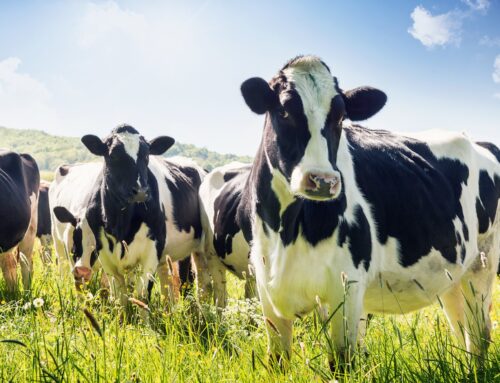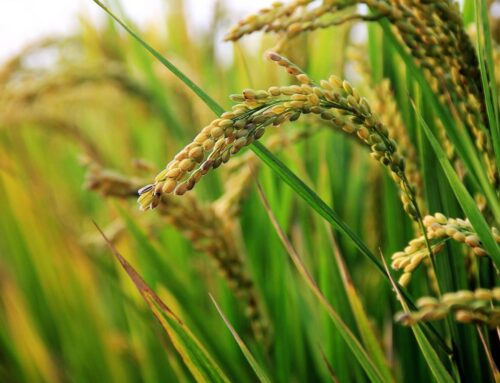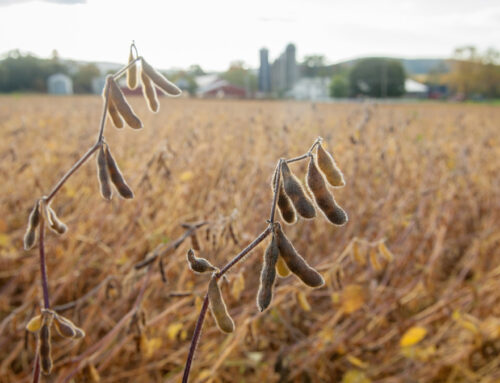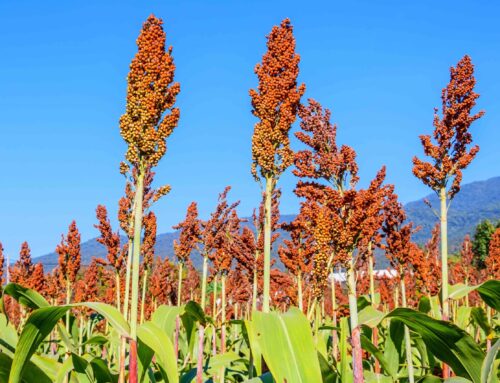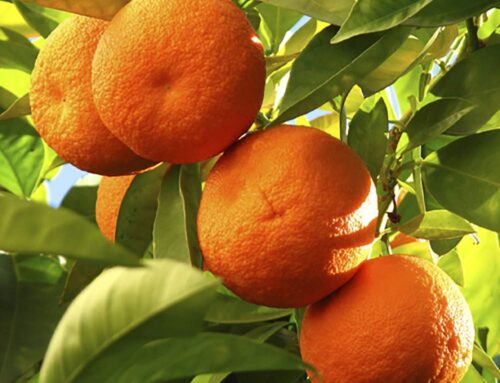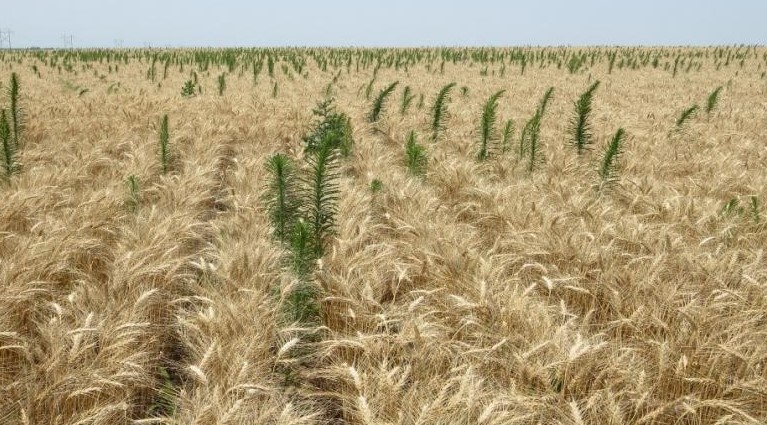
Cover crops can play a key role in our ecosystem. They provide a multitude of services, but weed suppression is one of the biggest ways we can document the economic impact.
Steven Mirsky has never put a lot of energy into being an alarmist. For more than a decade, the research ecologist has tried to let the science speak for itself.
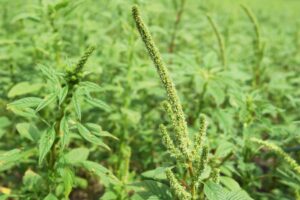 “There’s no question we’re facing one of the biggest crises in our country with weed management. The long-term practice of no-till farming, which builds soil health, is largely what’s driving herbicide resistance in agriculture,” says Mirsky, who is with the USDA ARS in Beltsville, Maryland. “At the same time, we are also facing one of the biggest opportunities in weed science with the digital revolution. We need to move the dial, and I am excited and inspired by the technologies that are coming.”
“There’s no question we’re facing one of the biggest crises in our country with weed management. The long-term practice of no-till farming, which builds soil health, is largely what’s driving herbicide resistance in agriculture,” says Mirsky, who is with the USDA ARS in Beltsville, Maryland. “At the same time, we are also facing one of the biggest opportunities in weed science with the digital revolution. We need to move the dial, and I am excited and inspired by the technologies that are coming.”
According to the Weed Science Society of America, uncontrolled weeds could cause tens of billions of dollars in crop losses every year. The consensus among weed scientists is that the problem is only going to get worse.
Mirsky says developing a multiple-tactic approach that diversifies selection pressure is essential to resistance management.
“U.S. farmers are generally not employing integrated weed management practices because they have been given a new solution every five years to combat weeds,” he says. “For me, the question is: How do we develop cropping systems that not only build long-term soil health, but also impact the potential for resistance to develop while successfully managing weeds?”
Looking at that interplay is also why cover crops are a big part of his work. Cover crops, Mirsky believes, are a key component to building and conserving soil resources while also reducing weeds.
Clover species grown on a USDA research plot in Beltsville, MD, for a national breeding program that is trying to find and produce higher quality cover crops.
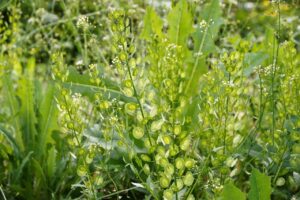 “In most of the corn, soybean, and cotton-producing regions, cover crops are a viable tool that can be integrated into a weed management system,” he says, adding that he has seen a major impact on key species such as marestail when cover crops were integrated.
“In most of the corn, soybean, and cotton-producing regions, cover crops are a viable tool that can be integrated into a weed management system,” he says, adding that he has seen a major impact on key species such as marestail when cover crops were integrated.
“If you’ve got a well-established cover crop, it really outcompetes marestail, which is a big resistance problem in a lot of places,” he says. “We were also finding that even some level of mulch has a big impact on germination, emergence, and establishment of summer annual weeds, particularly pigweed, lambs quarters, and foxtails. We also found that it can stress the weed or delay its growth, which gives the crop a competitive advantage.”
THE STORY OF COVER CROPS
Whenever research ecologist Steven Mirsky gets into the story of cover crops, the first question that always comes up is whether they are going to make yields better. His answer is always, “It depends.”
“It depends on your soils. It depends on your crop systems. It depends on your weediness. If you’re in a system that has wet springs with dry summers, cover crops are going to be a key player in that space. They help dry soil out in the spring and then with water infiltration and storage in the summer,” he says.
Cover crops are not a one-size-fits-all model. Their use and impact will depend on climate, soil, and a farmer’s objectives. For many, there will not be an annual difference in crop yields, Mirsky says.
“Cover crops can play a key role in our ecosystem,” he says. “They provide a multitude of services, but weed suppression is one of the biggest ways we can document the economic impact.”
A TESTING GROUND
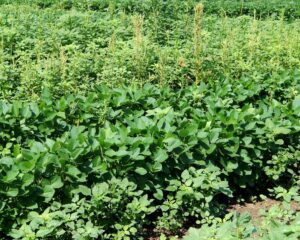 About 120 miles south of Beltsville, Robb Hinton has been experimenting with myriad cover crops for nearly two decades. Located in the northern neck of Virginia, Hinton grows corn, soybeans, wheat, and barley and plants about 1,000 acres of cover crops annually.
About 120 miles south of Beltsville, Robb Hinton has been experimenting with myriad cover crops for nearly two decades. Located in the northern neck of Virginia, Hinton grows corn, soybeans, wheat, and barley and plants about 1,000 acres of cover crops annually.
“I used to think there was beauty in plowing the land. My idea of beauty has really changed over the years. When I see exposed dirt now, it just makes me sad, because I know there’s life lost when that ground is worked. When you plant a cover crop, life breeds life,” Hinton says.
While no-till can conserve soil and energy, it relies primarily on herbicides for weed control and to terminate cover crops. Because farmers have been continuously practicing no-till and historically using low-diversity herbicide programs, Mirsky says we are now dealing with the consequences — weeds are adapting.
“Every year there is a herbicide I have in my back pocket, an ace in the hole, that isn’t working as well as it used to,” Hinton says. “There is no one thing that you’re going to do in any business, especially farming, that is going to completely solve the problem. I’m not looking for a silver bullet. I’m looking to develop the best management practices that fit my farm.”
Trying to outsmart these formidable foes means doing one of the things he enjoys most: testing different products and practices in his fields.
“To me every business, even farming, must have research and development,” Hinton says. “I treat my whole farm as a test plot. I have tried many different chemicals, equipment setups, and agronomic practices to help me build a playbook of best management practices that work in the ever-changing environment I am creating with no-till and high biomass cover crops.”
Whether he succeeds or fails, it’s important that he sees it for himself. No matter what the outcome, he says it’s all a learning experience.
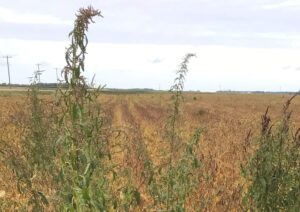 About four years ago, Hinton decided to experiment with planting green. In that plot, one of his goals was to see if he could plant soybeans into rolled rye, and measure that against killing the cover crop and then plant in the dry matter left behind.
About four years ago, Hinton decided to experiment with planting green. In that plot, one of his goals was to see if he could plant soybeans into rolled rye, and measure that against killing the cover crop and then plant in the dry matter left behind.
Rye was planted in mid-October. The cover crop was rolled the same day soybeans were planted, around May 9.
“There was very little weed pressure, and there wasn’t a flush of weeds at any time during the growing season,” Hinton says. “Having that mat of rye on the ground suppressed a lot of weed activity, and it was still doing it when we went back to that test plot on December 8. If you allow a cover crop to have some height and biomass, why wouldn’t you want to lay it down on the ground and create that mat that does so many wonderful things? It blocks the sun, shades the ground, preserves moisture, and suppresses weeds.”
The soybeans yielded about 83 bushels per acre, which Hinton says was exceptional for that field. Because every year is different, he also knows you can’t judge anything from one success or failure, so he has continued to test.
“I am having success using cover crops for weed suppression,” Hinton says. “I have been able to reduce my chemical inputs with some of the management practices I am experimenting with. Properly managed cover crops are helping reduce my chemical needs.”
Hinton’s focus now is to develop a more systems approach to cover crops with a better understanding of varieties, maturities, and crop timing to achieve his goals.
“The high biomass rye we have been planting for years pollinated a little too early for me and caused a few problems with the rolling, so I switched to a later variety,” he says. “But I will tell you it does require some attention to detail.”
In a test plot this year, he sprayed a popular soybean residual herbicide at full rate in a 20 gallon per acre solution with ultra-low-drift nozzles into 6-foot-tall rye to eliminate weeds.
“I struggled with the thought that you can spray a residual into a thick cover crop and expect it to magically get into the soil,” he says. “I was blown away by how good the soybeans were looking. When they had just about canopied, and we were beyond the dicamba time frame, weeds began to pop up. While there weren’t many weeds, there were more than I wanted.”
He considered it a win for knowledge of failure.
“We have more value to extract from cover crops than most people realize,” Hinton says. “If we treat our cover crops as we do our cash crops, we can grow thick, high-biomass covers that have many benefits.”
Read the original article and links to additional resources – CLICK HERE
